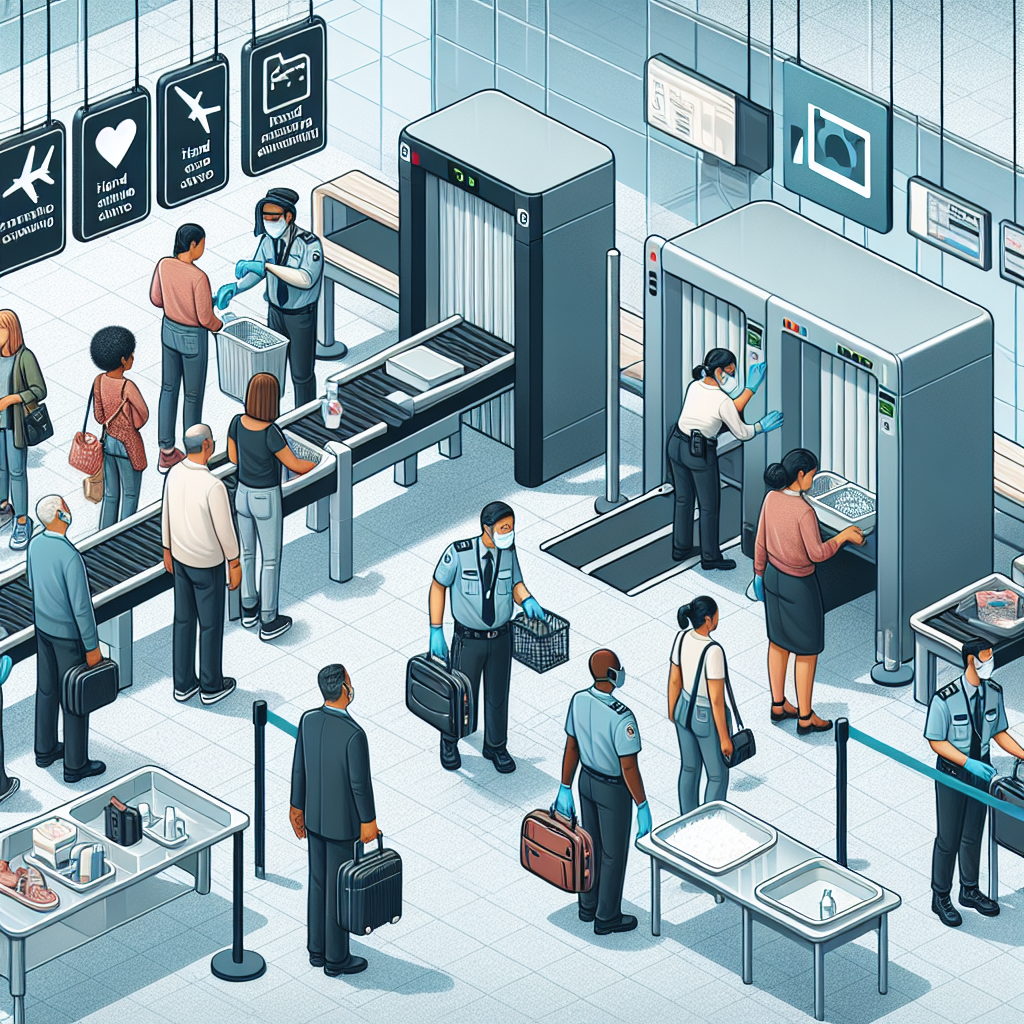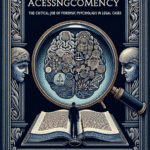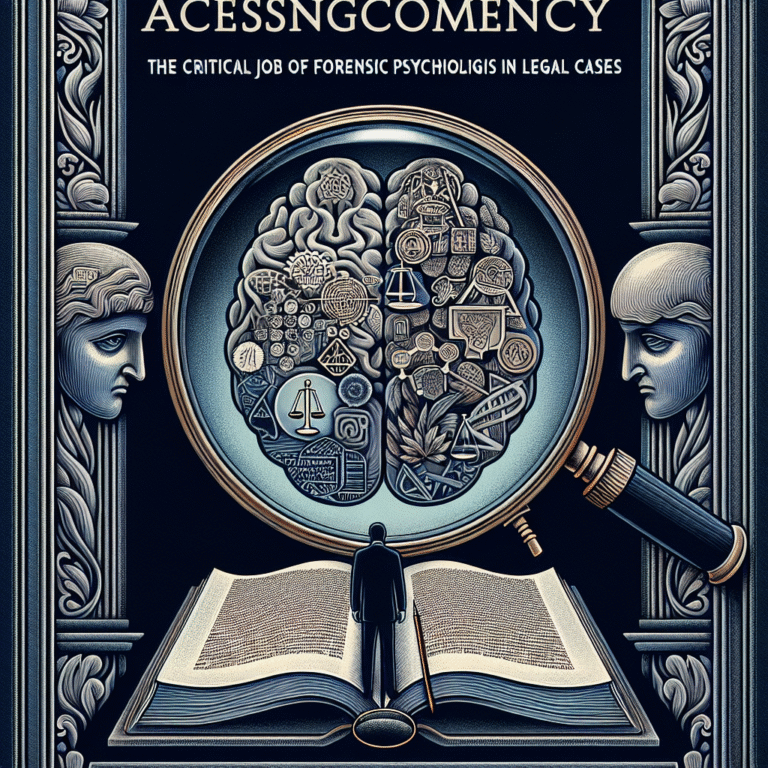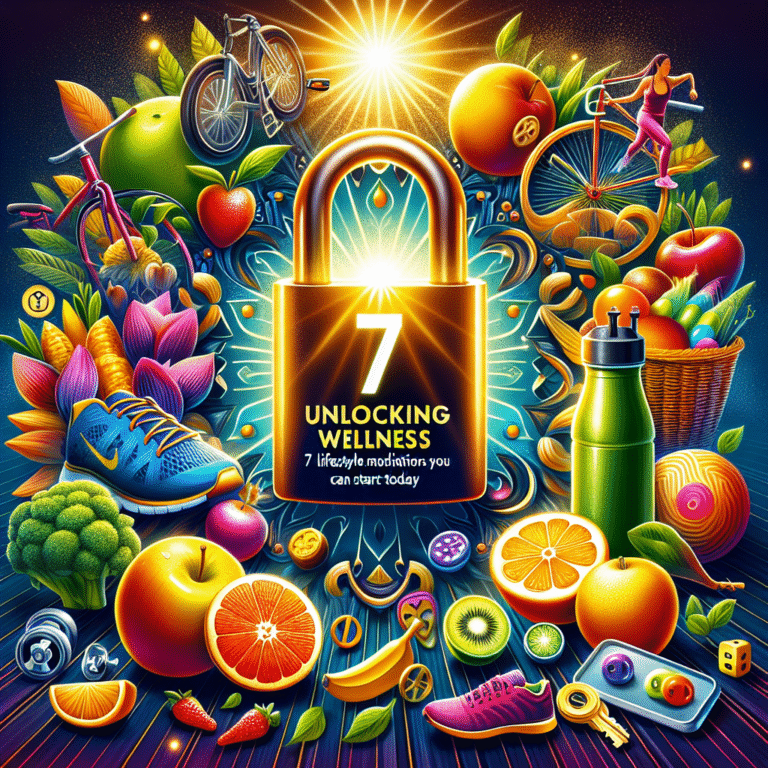
Introduction: A New Frontier in Security
As we emerge from the shadows of the COVID-19 pandemic, a question looms large, compelling us to reevaluate our practices in various domains: "What’s changed?" In particular, security screening in a post-pandemic world has undergone a seismic shift as we adapt to a new normal where health and safety take precedence. This guide will delve into how security screening has transformed amidst the ongoing consequences of the pandemic, addressing technological advancements, operational modifications, and evolving public perceptions.
A Historical Perspective: The Rise of Security Screening
Before delving into the contemporary changes, it’s beneficial to understand the landscape that existed before the pandemic. The standard procedure for security screening, particularly in airports and large public venues, revolved around physical checks and technological methods such as x-ray machines and metal detectors. While these measures were already stringent, the onset of the pandemic ushered in a reevaluation of these practices.
The Evolution of Security Screening
1. Introduction of Health Protocols
The pandemic forced the integration of health-focused protocols into traditional security screening. Temperature checks, health questionnaires, and hand sanitization stations became commonplace at security checkpoints. According to a study by the International Air Transport Association (IATA), 79% of travelers expressed comfort with health screenings at airports to ensure safety.
Case Study: Airport Security Transformation
In Singapore’s Changi Airport, a highly regarded travel hub, the introduction of health protocols alongside traditional screening measures demonstrates a well-rounded approach. Upon entering the terminal, travelers encounter thermal scanners that detect elevated body temperatures, followed by a brief health questionnaire. This seamless integration of health measures has resulted in a 95% satisfaction rate among passengers, highlighting that security screening can indeed evolve positively.
2. Technology Takes Center Stage
As we navigate security screening in a post-pandemic world, technology has emerged as a crucial ally. Contactless screening technologies have gained traction, with innovations such as automated kiosks and AI-driven analysis replacing more invasive methods. In a landscape where physical touch poses health risks, contactless solutions offer the dual advantage of efficiency and safety.
Chart: Technology Adoption in Security Screening
| Technology | Pre-Pandemic Adoption | Post-Pandemic Adoption |
|---|---|---|
| AI-Driven Facial Recognition | 30% | 70% |
| Thermal Scanners | 10% | 50% |
| Biometric Screening | 20% | 60% |
3. Enhanced Training for Personnel
With the heightened focus on health safety, many organizations are investing in comprehensive training programs for security personnel. Ensuring that staff can effectively implement health protocols alongside traditional screening measures is essential. This duality of responsibility significantly impacts the overall security experience.
Case Study: TSA Training Initiatives
The Transportation Security Administration (TSA) in the U.S. has implemented specialized training programs to educate its staff about health and safety protocols. This focus not only aims to protect passengers but also helps in boosting staff confidence, ensuring they can manage the dual aspects of security and health effectively.
Changing Public Perception: Attitudes and Acceptance
As we explore security screening in a post-pandemic world: What’s changed?, we must consider how public perceptions have shifted. The acceptance of health screenings has seen a marked increase, with studies indicating that a significant portion of the public views these measures as essential.
4. Trust as a Cornerstone
The pandemic has ingrained a sense of caution in the public, leading to an increased emphasis on trust. Organizations that adopt transparent health screening protocols are more likely to instill confidence among travelers. There’s a growing expectation that security agencies will prioritize not only physical safety but also health-related security.
Analysis
Organizations that communicate effectively about their health protocols gain a competitive edge. Transparency breeds trust, which is an invaluable currency in the post-pandemic landscape.
Impacts on Travel and Events
5. Changing Dynamics in Travel
The travel industry has been one of the hardest-hit sectors during the pandemic, leading to adaptations in how security screening is conducted. As travel resumes, the introduction of hybrid safety protocols combines traditional screening measures with health checks.
Case Study: Airline Innovations
Airlines like Delta and United have introduced “clean care” policies, where passengers are informed about the multiple layers of health and safety protocols. Surveys show that passengers are now prioritizing airlines with robust safety measures, indicating a shift in customer loyalty based on health safety.
6. The Future of Public Events
Large public events, such as concerts and sports games, have also had to reevaluate their security measures. Integrating health checks seamlessly into existing security protocols ensures that they remain attractive to attendees.
Chart: Evolution of Event Security Measures
| Type of Event | Pre-Pandemic Measures | Post-Pandemic Measures |
|---|---|---|
| Concerts | Metal Detectors | Metal Detectors + Health Checks |
| Sports Events | Bag Checks | Bag Checks + Health Surveys |
| Conventions | Standard Badging | Standard Badging + Health Verification |
Conclusion: Moving Forward with Confidence
The future of security screening in a post-pandemic world is not only about adapting to immediate challenges but also about preparing for a safer and more efficient future. The integration of health protocols, advancements in technology, and enhancements in public trust lay the foundation for this new era.
Organizations that embrace these changes will not just adapt—they will thrive. The imperative now is to reimagine security screening not just as a necessity but as a crucial link in the chain of wellness and safety.
Actionable Insights
- Stay Informed: Regularly update your knowledge about new technologies and health protocols.
- Communicate Transparently: Ensure your organization implements and communicates robust safety measures.
- Invest in Training: Prioritize comprehensive training for personnel to manage dual aspects of security and health effectively.
FAQs
1. What health protocols are now standard in security screening?
Health protocols typically include temperature checks, mask mandates, and health questionnaires to assess travelers’ wellness before they proceed through security.
2. How has technology changed security screening?
Technology has introduced Contactless measures such as automated screening kiosks, AI-driven facial recognition, and thermal scanners, significantly enhancing safety and efficiency.
3. Can I still expect traditional security measures alongside health screenings?
Yes, traditional measures like metal detectors and baggage scans are still in place, now augmented with additional health protocols to ensure comprehensive safety.
4. How can I ensure my organization is compliant with new security protocols?
Regular training and updates from public health authorities are essential, along with adaptations to security processes that are in line with current recommendations.
5. What can travelers do to navigate security checks more smoothly?
Travelers should stay informed about the specific requirements for their airlines and destinations, including any necessary documentation or health checks prior to travel.
In this rapidly evolving landscape, understanding the changes in security screening in a post-pandemic world equips us for a safer future. Embrace these changes, and let’s navigate this new normal together.















